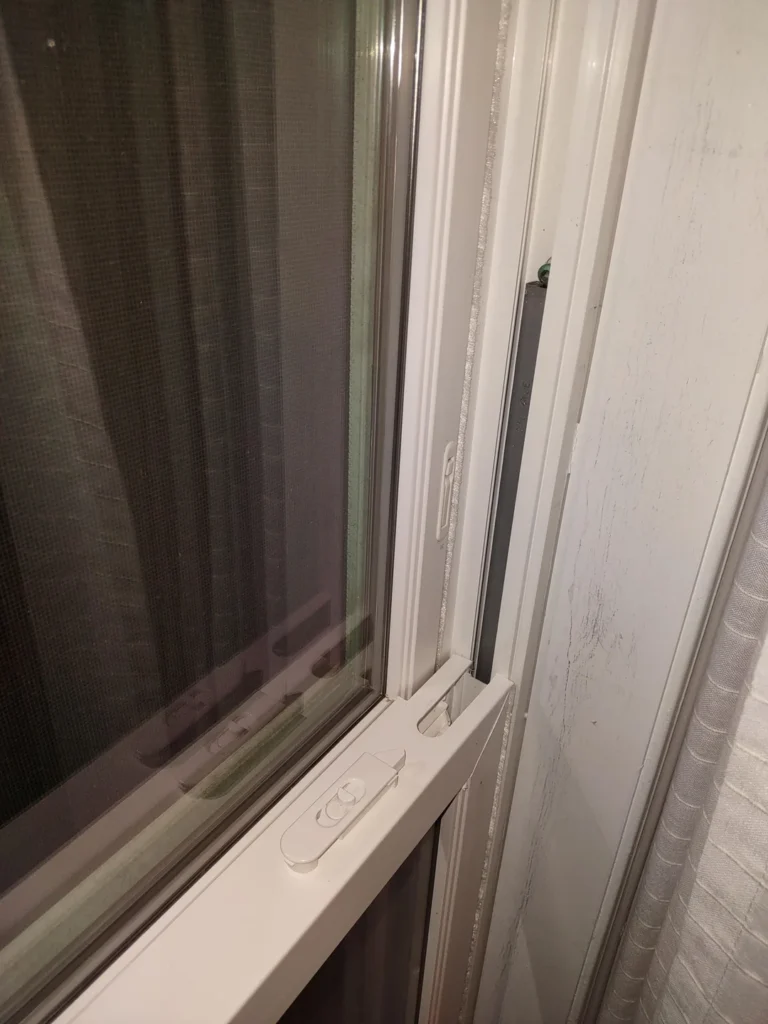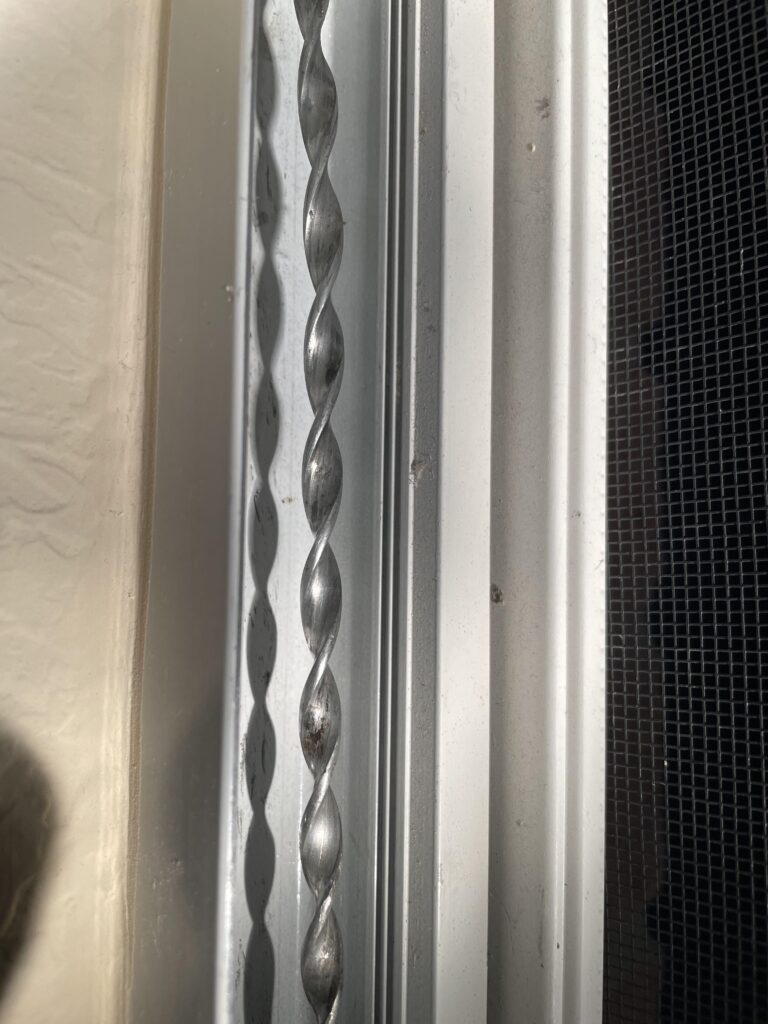When your old sash windows start slamming shut or refuse to stay open, it’s usually the worn-out balance springs that are to blame. Springs replacement windows is a cost-effective way to restore smooth, safe operation without swapping out the entire window. In this guide, you’ll learn what window springs do, when to replace them, and how to get the job done right—saving time, money, and the character of your home.
What Are Window Balance Springs—and Why Do They Fail?
Most double-hung and single-hung windows rely on concealed balance springs (or spiral balances) to counterbalance the sash weight. Over years of use, these springs can:
- Lose tension, causing windows to slam shut
- Rust or corrode, making sliding difficult
- Break entirely, leaving sashes stuck or dropping unexpectedly
Instead of full-frame replacement, swapping out the old springs for fresh ones restores safe, effortless operation at a fraction of the cost.

Signs You Need Springs Replacement Windows
Look for these telltale symptoms:
- Windows slam shut when you lift them halfway—no gradual descent.
- Sashes won’t stay open, even when propped.
- Difficulty raising or lowering the window—stiff or jerky movement.
- Visible spring hardware hanging in the jamb or sitting in the sill.
If you spot any of these issues, it’s time to plan for springs replacement rather than risking personal injury or damaging the glass.
Types of Window Balance Springs
Before you buy, identify your balance system:
- Spiral balances: A coiled metal spring inside a tube, common in older homes.
- Block-and-tackle balances: A pulley system with braided cord and a spring.
- Constant-force (tension) balances: A flat, ribbon-style spring in a metal channel.
Match the spring type, weight rating, and jamb length for safe, reliable performance.
DIY vs. Professional Springs Replacement Windows
DIY Replacement
- Pros: Lower cost (springs run $10–$25 each), flexible timing.
- Cons: Requires careful measurement, safe spring handling, and basic carpentry tools. Mistakes can lead to injury or window damage.
Professional Service
- Pros: Expert spring sizing, fast turnarounds, warranty on labor.
- Cons: Higher upfront cost (around $75–$150 per window).
For a full set of windows, professional installation often pays for itself in time saved and guaranteed results.
Step-by-Step: How Springs Replacement Windows Works
Measure and Order
- Record the jamb depth and the spring’s length when fully extended.
- Note the sash weight (often printed on the old balance tube).
- Order exact-match replacement balances from a reputable supplier.
- Remove the Sash
- Unlock and tilt the sash inward (double-hung) or remove stops (single-hung).
- Carefully lift the sash out and set it aside on padded supports.
- Extract Old Balances
- Use a flathead screwdriver to release the top shoe clip.
- Tilt and pull the balance tube free from the jamb track.
- Install New Springs
- Insert the spring assembly into the jamb, hooking the top shoe into its track.
- Secure the bottom shoe at the sill, ensuring the spring is straight and properly tensioned.
- Reinstall the Sash
- Set the sash into the jamb, engage the balances, and test operation.
- Adjust tension as needed—your window should hold at any height.
- Final Checks
- Confirm smooth travel with no binding.
- Verify the window locks tightly at the top and bottom.

Benefits of Springs Replacement Windows
- Cost Savings: Repairs typically cost 20–30% of full window replacement.
- Historic Preservation: Maintain original wood sashes and trim.
- Improved Safety: Prevent accidental drops and injuries.
- Enhanced Energy Performance: Properly balanced windows seal better, reducing drafts.
Frequently Asked Questions
How long do replacement springs last?
High-quality springs can last 10–15 years with normal use, depending on climate and maintenance.
Can I replace springs on all window brands?
Yes—most manufacturers (Anderson, Pella, Marvin) use similar balance systems. Just match size and weight ratings.
What if my spring type is obsolete?
Specialty suppliers can retrofit new spiral balances or constant-force systems into older frames.
Conclusion
Restoring your windows with springs replacement windows is an affordable, effective way to bring new life to tired sashes. Whether you tackle the project yourself or hire a pro, fresh balance springs mean safer, quieter, and more efficient windows—without the cost and upheaval of full-frame replacement. Ready to get your windows sliding smoothly again? Gather your measurements and start shopping for replacement springs today!Co
